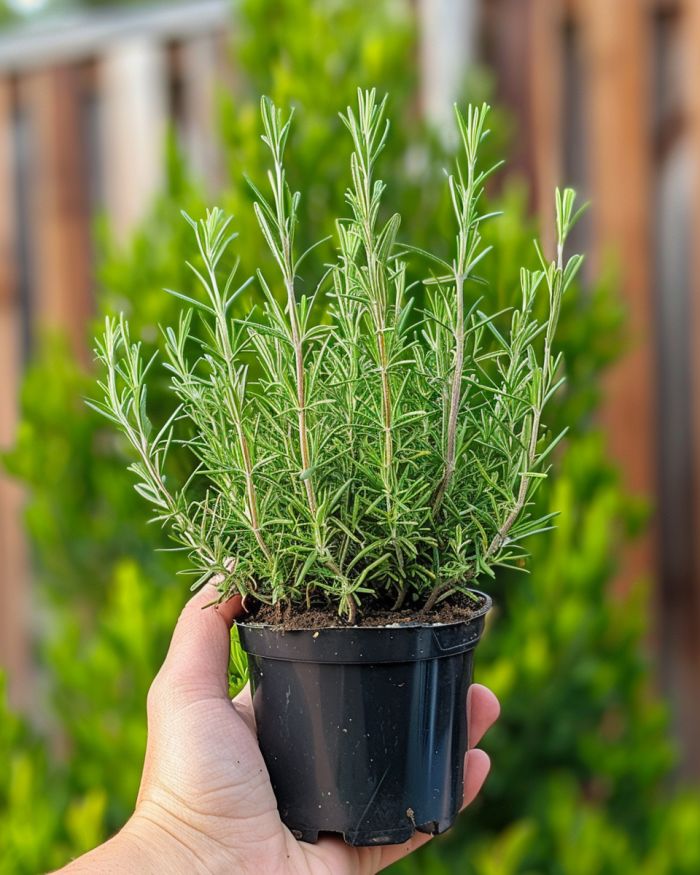|
Rosemary, known for its fragrant aroma and versatile culinary uses, is a staple in many kitchen gardens. Achieving a lush, long-lasting rosemary plant can be quite rewarding, especially since the herb has a reputation for being both hardy and drought-resistant. However, ensuring that your rosemary thrives for over a decade requires more than just occasional watering and hope. This piece unlocks a gardener’s trick to not only grow lush rosemary but to maintain its vigor for more than ten years.
As garden enthusiasts, the aspiration to cultivate plants that endure through the seasons is common. Learning how to extend the life of your rosemary not only means more seasonings for your dishes but also contributes to a sustainable gardening practice. Continue reading for a practical guide on nurturing your rosemary, filled with tips directly from seasoned gardeners. This advice promises to enrich your gardening journey by adopting a straightforward yet effective long-term care approach.
ADVERTISEMENT
1. Choose the Right Variety
The first step to having long-lasting rosemary is to select the correct variety. Some species are better suited for long-term growth, particularly in varying climates. Look for varieties like ‘Arp’ or ‘Hill Hardy’ which are known for their cold tolerance and robust growth.
2. Proper Planting Location
Rosemary thrives in full sunlight and well-drained soil. Plant your rosemary in a location where it will receive at least six to eight hours of direct sunlight daily. If you’re planting in an area with heavy soil, consider raising the beds or incorporating gravel to enhance drainage.
3. Regular Pruning
Pruning is not just about maintaining the shape of your rosemary; it’s essential for promoting robust growth. Annually prune your plant in early spring just as new growth begins. This prevents the rosemary from becoming woody and sparse. Regular trimming also stimulates new growth, keeping the plant lush and full.
4. Controlled Watering
Although rosemary is drought tolerant, controlled watering is crucial, especially during the first year of growth to establish a strong root system. Once established, water the plant deeply but infrequently just to keep the soil slightly moist.
5. Yearly Mulching
Apply a thin layer of mulch around the base of your rosemary plant to help retain soil moisture and control weed growth. Be sure not to let the mulch touch the plant’s stem as this can cause rot.
6. Winter Protection
If you live in an area with harsh winters, consider protecting your rosemary during the coldest months. Cover the plant with burlap or a frost blanket to shield it from severe frost, which can be detrimental to its survival.
|
Want lush rosemary? Try this gardener’s trick for making it last over 10 years




